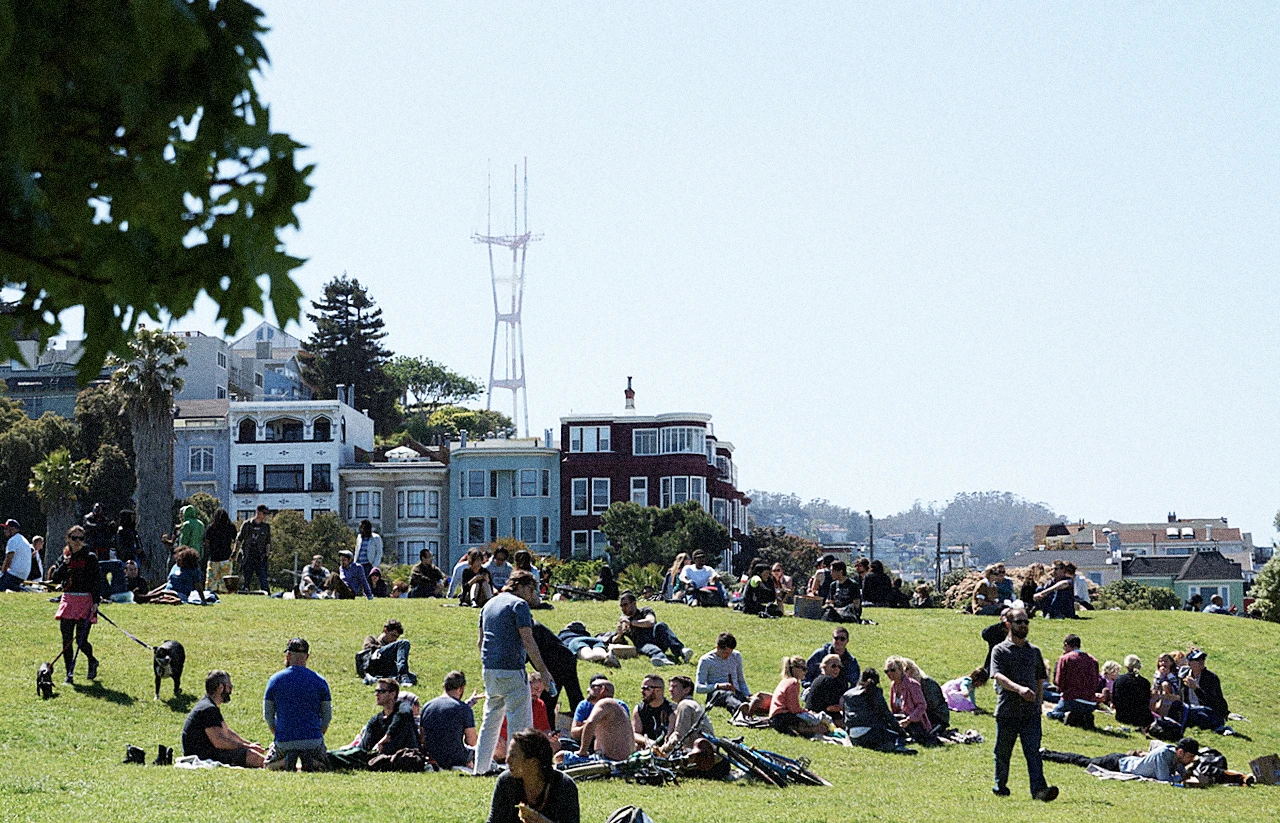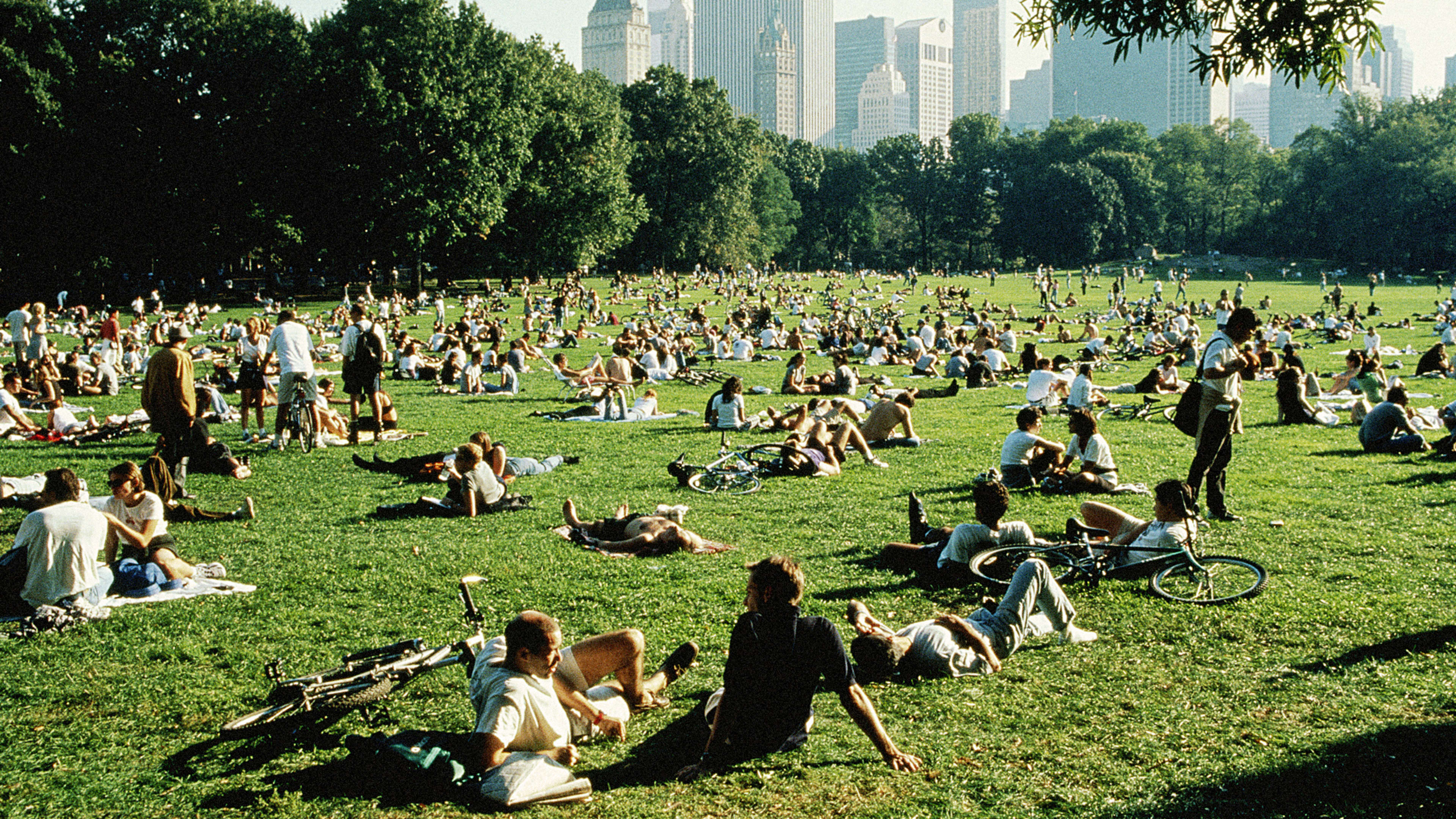Can neighborhood green spaces help close the gaps in health between people of different incomes and backgrounds?
That’s the tantalizing proposition of research by Rich Mitchell, a professor at the University of Glasgow, and colleagues. They suggest that green places are not only good for our health and well-being, but could also play an equalizing role in our cities.
Where you live can have a huge bearing on how healthy you’re likely to be. And, sometimes the gaps open up over just a few miles. A few subway stops in New York, for example, could mean up to nine years difference in how long someone might live.

Mitchell’s research, while still at a relatively early stage, suggests green-space might serve to reduce these gaps.
The researchers took data from the 2012 European Quality of Life Survey, covering 21,294 urban residents in 34 nations, looking at relationships between reported mental well-being, level of financial strain and available green areas, financial services, transport, and cultural facilities. The mental health gaps narrowed only in those areas with access to recreational and green facilities, though the research doesn’t show a causal link.
“Socioeconomic inequality in mental well-being was 40%…narrower among respondents reporting good access to green/recreational areas, compared with those with poorer access,” says a paper reporting the findings.
The research doesn’t prove the strength of the relationship between individual neighborhood services and well-being, but does show that well-being gaps are smaller where services are better, Mitchell notes in an email. Research he’s conducting now, which hasn’t been published, does show green spaces having the strongest bearing on well-being differences.
“Our research supports the idea that environments could play a part in reducing inequalities in health, either in tandem with other social policies, or independently,” Mitchell says. But he’s cautious about the implications for actual interventions just yet: more research is needed into causality.
“At this stage, the important thing is to get more people to ask: Can our environments help reduce the health gap between rich and poor people? If the answer to that question is no, that’s okay, but I think we need to explore all possible avenues to try and reduce the incredible injustice that health inequality represents,” he says.
Recognize your brand’s excellence by applying to this year’s Brands That Matter Awards before the early-rate deadline, May 3.
